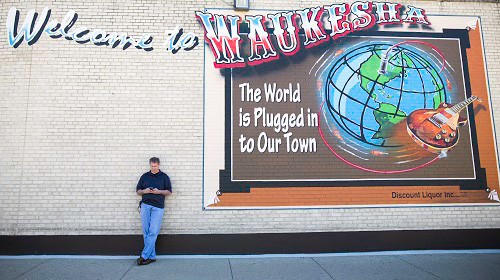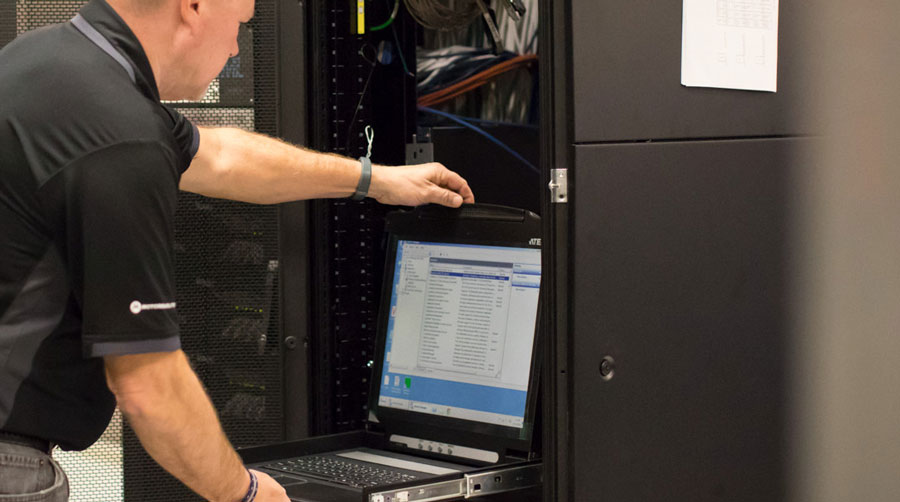Citizen engagement. Community-oriented policing. Peelian principles. These are the main tenants of a resurgent trend in the officer-citizen relationship that emphasize positive actions taken between the public and law enforcement officers to increase transparency and build trust. They are great buzzwords, but what do they look like in action? And more importantly, why do they matter? To fully appreciate why it is such an important practice, it is crucial to understand the main pillars of this trend:
How can citizens engage?
-
- Planning: Proactivity takes many forms, such as organizing community groups or attending neighborhood watch meetings and law enforcement townhalls. Being aware of your community and in contact with law enforcement officers establishes trust and transparency well before crime occurs.
-
- Operations: When an incident is in progress, community members can reach law enforcement via social media, phone, email or third-party tipping solutions. These avenues let citizens provide insight into the event that can help reduce the time to an arrest.
-
- Investigations: Similar to operations, communication is key during investigations. Given the sensitivity of many cases and the risk of retribution from criminals at large, several anonymous tools such as TipSoft are available to give citizens a direct, secure line to law enforcement officials.
What is the benefit?

-
- To citizens: Law enforcement transparency encourages legitimacy and trust between communities and the agencies that serve them. That trust creates opportunities for engagement which then creates more opportunities for communication which is key to strengthening trust. With open avenues for confident interaction comes more intelligence sharing and an overall reduction in crime. Higher citizen involvement leads law enforcement officials to be more accountable to the communities they serve because everyone is aware of what goes on.
-
- To first responders: Communication is a two-way street. Law enforcement personnel who are engaged are increasingly empathetic as they are provided opportunities to better understand the needs and challenges of the people they have sworn to protect. Functionally, officers become more proactive. With more information, officers have a more complete view of the situation on the ground and can take more preventative actions to reduce crime, rather than wait to react to an incident after it occurs.
Citizen engagement is a changing landscape. New technologies are creating opportunities to open up a path to increased dialog. Facebook, Twitter and other social media platforms are free public forums for citizens to provide tips and insight. Third party tools, like TipSoft provide a secure and anonymous way for information to pass to officers. Additionally, open data initiatives, like the White House Open Police Data Initiative, are increasing transparency of all sorts of municipal data, including law enforcement crime data. That simple step of democratizing crime data, through tools like CrimeReports, becomes a powerful conduit to creating stronger bonds between law enforcement agencies, all while reducing administrative overhead of agencies and fulfilling public demand.
These practices have been around for many years, but with more resources available, it is the duty of citizens and officers around the country to open productive lines of communication, for the benefit of everyone.
Want to learn more? Watch this webinar on Transparency and How It Helps You Connect With the Community.



